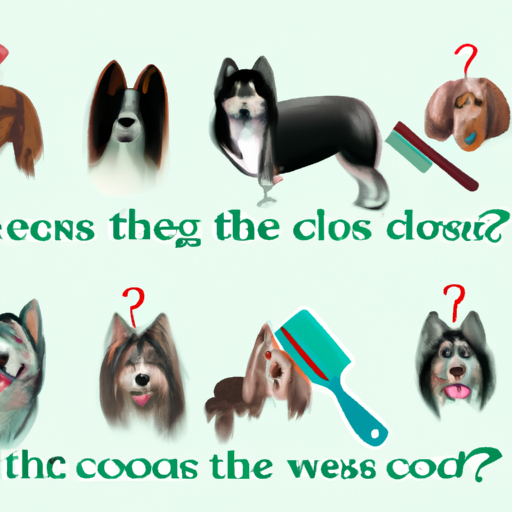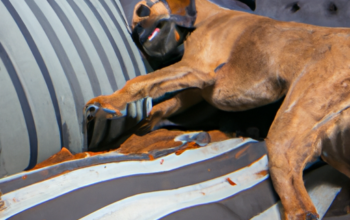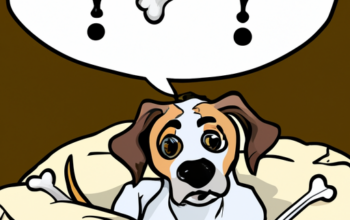Being a caregiver, you understand the need for a companion that requires minimal maintenance. In your search for the perfect canine friend, one aspect you may be considering is shedding. You are not alone in your quest to find a dog breed that sheds the least.
1. Understanding Dog Shedding
Dogs, like humans, shed hair. It’s a natural process that allows new hair to grow. However, the amount and frequency of shedding can vary significantly among different breeds. Some dogs are considered “heavy shedders,” while others hardly shed at all.
Dog’s shedding depends on various factors including their health, breed, and season. Generally, dogs with double coats – an undercoat and an overcoat, tend to shed more. The undercoat grows faster and sheds regularly, while the overcoat grows slower and sheds less often.
2. Top 5 Dog Breeds that Shed the Least
While no dog is truly hypoallergenic, some breeds are known to shed less than others. Let’s explore five such breeds:
- Bichon Frise: This breed has a fluffy white coat that continuously grows and falls out when brushed, not when they move around your home.
- Poodle: Whether it’s a standard, miniature, or toy poodle, this breed has tight curls that catch the shed hair.
- Schnauzer: These dogs have a double coat, but unlike many double-coated dogs, Schnauzers don’t shed much.
- Shih Tzu: Their hair grows continuously and falls out only when brushed or broken.
- Maltese: These dogs have long, silky hair that sheds very little.
| Breed | Shedding Level |
|---|---|
| Bichon Frise | Very Low |
| Poodle | Low |
| Schnauzer | Low |
| Shih Tzu | Very Low |
| Maltese | Very Low |
3. Caring for Low-Shedding Dogs
While low-shedding dogs leave fewer hairs around your home, they still require grooming to keep their coats healthy and looking their best. Regular brushing helps prevent matting, and professional grooming may be necessary for some breeds.
The care for your dog’s coat includes:
- Brushing: Regular brushing is a must for all dogs, regardless of their shedding level. It helps remove loose hairs before they can float around your home.
- Bathing: The frequency of baths depends on the dog’s breed and lifestyle.
- Professional grooming: Some breeds require professional grooming to maintain the health and appearance of their coat.
4. Factors to Consider When Choosing a Low-Shedding Dog
Before deciding on a low-shedding dog, it’s crucial to consider other factors such as the dog’s size, temperament, and exercise needs. Remember, every dog deserves a loving home where they are well cared for and appreciated for their unique qualities.
5. Frequently Asked Questions
1. Are low-shedding dogs hypoallergenic?
No dog is completely hypoallergenic. However, low-shedding dogs tend to be more suitable for people with allergies.
2. Do low-shedding dogs require less grooming?
Not necessarily. Some low-shedding breeds require regular grooming to keep their coats healthy.
3. Does a dog’s size affect its level of shedding?
No, a dog’s size does not determine how much it will shed. It’s more about the breed and type of coat.
4. Are there any health issues associated with low-shedding dogs?
No, shedding is a natural process and doesn’t indicate the health of a dog.
Remember, no dog is truly hypoallergenic and all dogs require care and maintenance. Choosing the right dog for you involves more than just shedding levels, but this guide should help you start your journey to finding the perfect canine companion.



